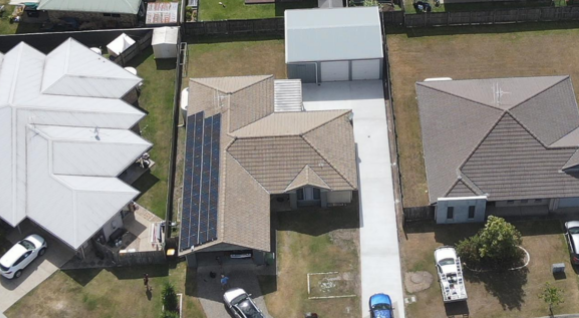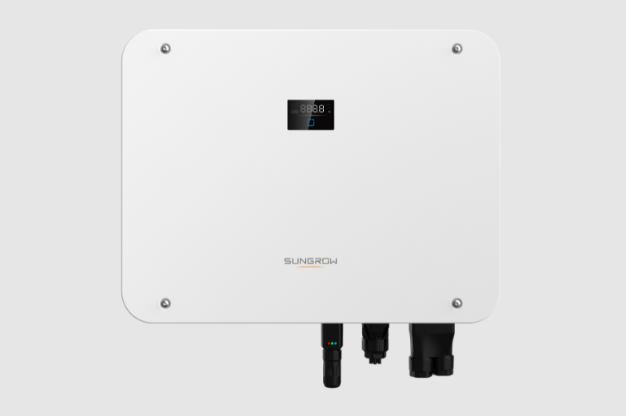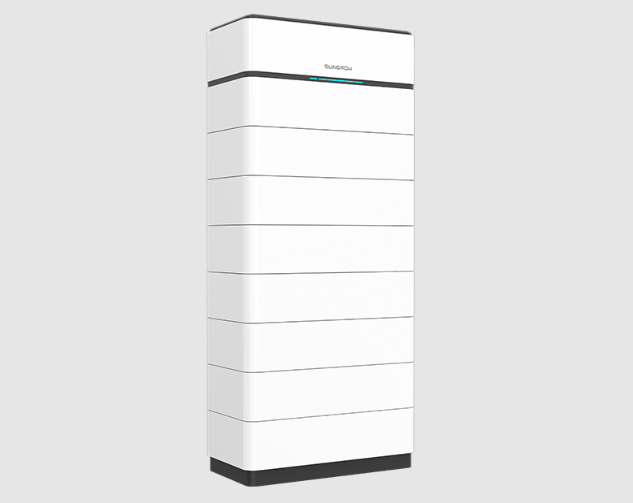Australia's electricity market is grappling with notable challenges that have led to expensive electricity and unstable supply for households. The Australian Energy Regulator's 2023 report[1] indicates that wholesale electricity prices remain elevated compared to historical standards. In regions like Tasmania, electricity prices in 2024 rose by 290% on a year-on-year basis, which shows that energy prices are currently on a steep rise in the country. These electricity crises have resulted in a lower quality of life in Australia. In such a challenging situation, advanced energy storage comes to the rescue, enabling Australians to achieve electric independence cost-effectively while mitigating the impact of an unstable grid.

Types of Power Crises in Australia
Power Outages Due to Extreme Weather
High temperatures and severe storms frequently disrupt the power supply in Australia. Governments continuously advise locals to prepare for these energy outages, significantly when the possibility of extreme weather events increases. Recently, due to the heat wave, the energy industry was warned of the threat of blackouts and actively worked with power station operators to enhance power supplies in NSW[2].
Aging Infrastructure and Maintenance Deficits
Australia has an aging electricity infrastructure, particularly the country’s coal-fired power plants, which are facing difficulty in keeping up with the rising electricity demands. In December 2023, the Australian Energy Market Operator[3] predicted that the remaining coal fleet of the country is failing to meet the latest standards and will close almost two to three times faster than previously announced, which shows that the country’s electricity infrastructure is aging at a rapid pace.
Energy Price Volatility and Supply Instability
Global events and domestic supply issues have led to fluctuating energy prices in Australia. Factors such as international oil prices, natural gas prices, and geopolitical conflicts all influence energy prices in Australia. In addition, the structure of the domestic energy market, regulatory policies, and supply-demand dynamics are also significant contributors to price fluctuations within Australia. Even after paying high prices for electricity, Australians still struggle to get a stable power supply at times, with extreme weather events and regular outages contributing to this instability.
Policy Shifts and Energy Transition
Australia's commitment to reducing emissions has accelerated the transition from coal to renewable energy. However, some delays in renewable project rollouts and policy implementations pose risks to grid stability. Meanwhile, the intermittency and uncertainty of renewable energy have brought new challenges to grid management, which require the use of advanced energy storage technology and smart grid technology.
Core Functions of Advanced Energy Storage for Residents
Emergency Power Supply
One of the primary functions of advanced energy storage for homes is to serve as a reliable source of backup power during outages. These systems provide reliable and safe electricity whenever needed, bringing individuals out of the tense times of electricity outages.
Energy Self-Sufficiency
Advanced energy storage systems enable residents to achieve independence of electricity by allowing them to run their choice of electrical appliances. This way, users can reduce their reliance on the fragile Australian grid.
Energy Management and Optimization
Modern-day advanced energy storage solutions are equipped with smart management tools, enabling users to monitor and optimize their energy consumption. So that households can prioritize the use of stored energy during periods of high electricity costs. This strategic management helps maximize savings and ensures efficient use of resources. Additionally, systems with real-time monitoring empower homeowners to make informed decisions about their energy use patterns.
Grid Interaction and Revenue Creation (VPP)
Advanced energy storage systems also play an important role in broader grid stability through participation in Virtual Power Plants (VPPs). This means that users can export surplus energy back to the grid and earn financial incentives based on their location in Australia.
Sungrow Advanced Energy Storage Systems for Households
SH15/20/25T Hybrid 3-Phase Inverter
Our SH15/20/25T 3-phase hybrid inverter is an advanced solution for premium energy management of households.

It includes a built-in 63A bypass that enables full-house backup, promising an uninterrupted power supply possible during outages with a seamless 10ms switch. This feature, combined with a peak output of up to 36,500 VA in backup mode (for the SH25T model), guarantees reliable performance even under high energy demands.
With a maximum DC input current of 16A per string and a 50A fast charge/discharge capability, the system optimizes energy conversion and enhances operational efficiency.
Apart from easy installation and quiet operation, the SH15/20/25T is safe and durable, featuring precise arc fault circuit interrupter (AFCI) technology and an IP65/C5 rating for protection against environmental factors.
SBH200/250/300/350/400 High Voltage LFP Battery
The SBH200/250/300/350/400 high voltage LFP battery complements the SH15/20/25T inverter perfectly. Known for its safety and durability, the LFP battery employs refined battery management technology to enhance reliability and performance. It offers up to 50A continuous charge and discharge current, with a maximum power output exceeding 25kW.
The modular design facilitates the integration of 4 to 8 modules per unit, and by paralleling up to four units, the system can achieve a total storage capacity of 160 kWh. This scalability permits users to expand their advanced energy storage capacity as needed.

Wrapping-Up
Australia faces unprecedented power challenges that make the life of an average Aussie difficult. However, advanced energy storage systems provide reliable backup power, energy self-sufficiency, smart management, and even opportunities to earn financial rewards by selling excess electricity back to the grid. Local households can take control of their energy future by investing in our Sungrow energy storage systems, enjoying peace of mind and long-term savings.
References
Available at:
https://www.theguardian.com/australia-news/2024/oct/18/energy-prices-soar-after-volatile-wind-saw-heavier-gas-hydro-and-battery-use-australian-regulator-says
Available at:
https://www.abc.net.au/news/2024-11-25/nsw-hot-weather-blackouts-concern/104643418
Available at:
https://www.apa.com.au/news/opinion-articles/2024/safeguarding-our-energy-system-as-coal-exits-the-mix/?utm_source=chatgpt.com